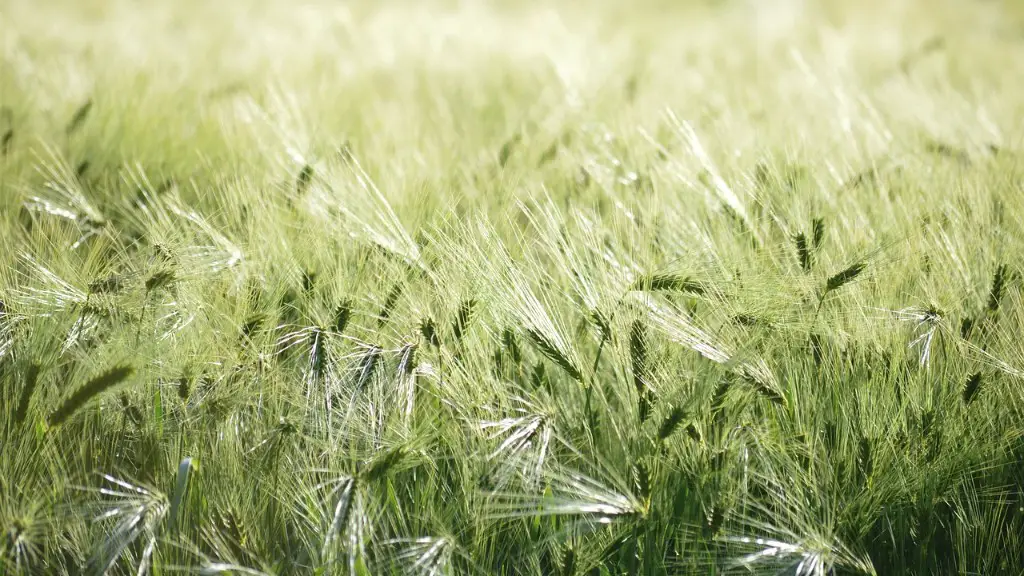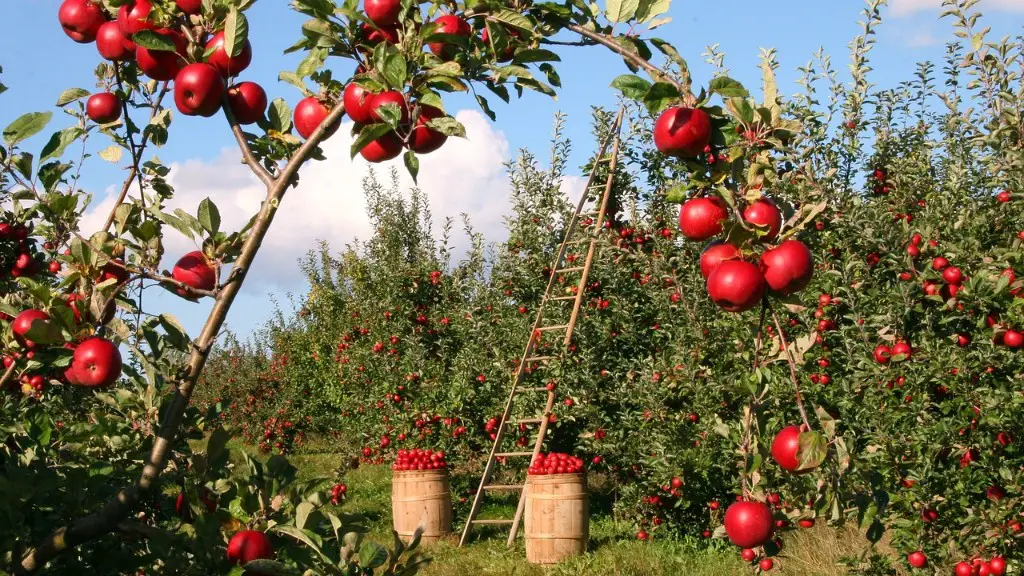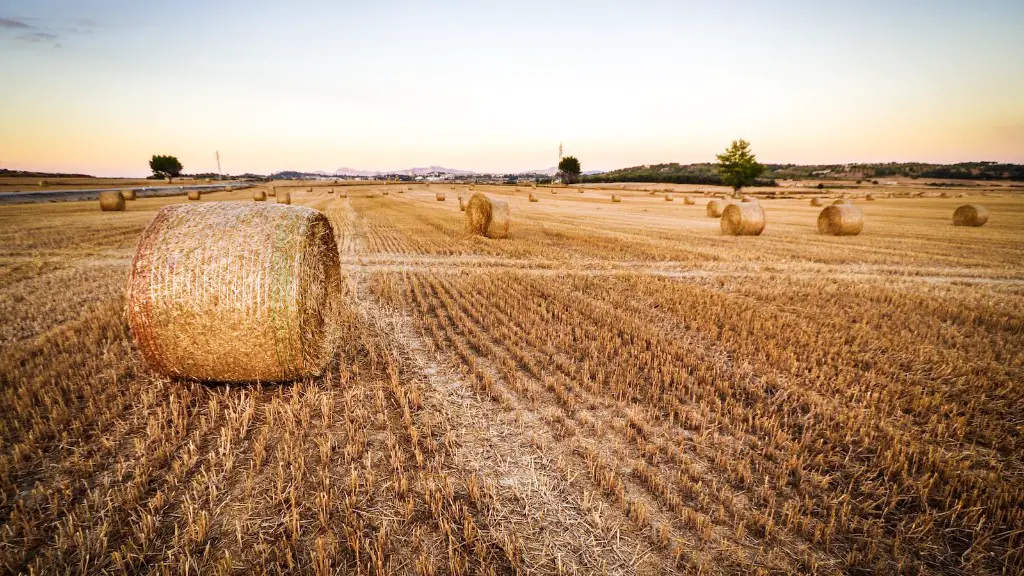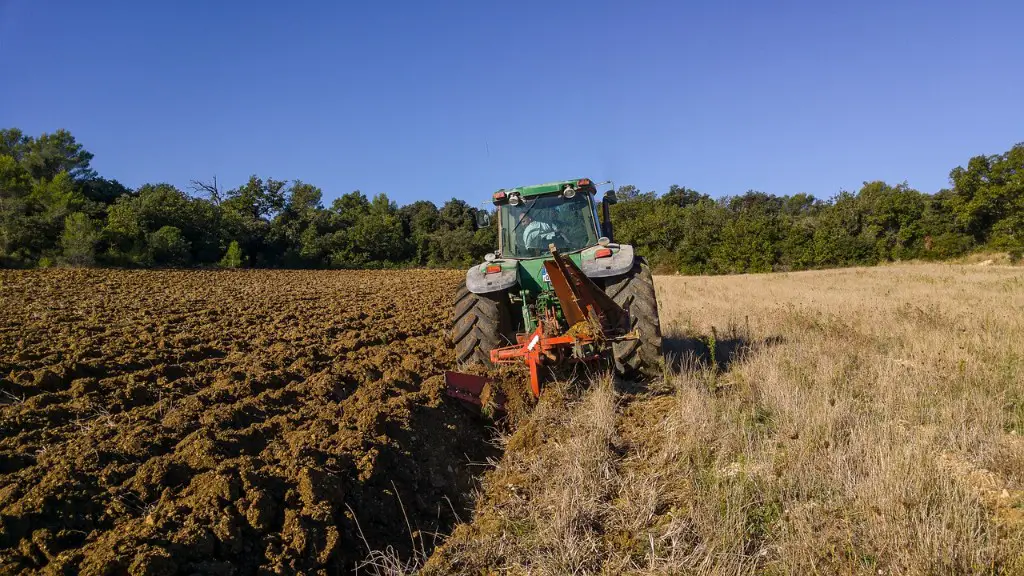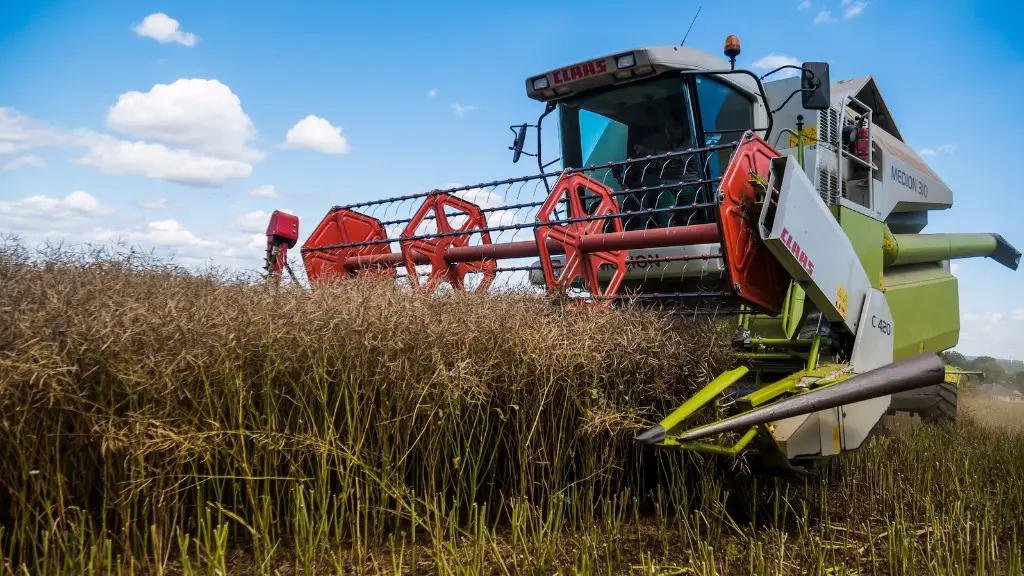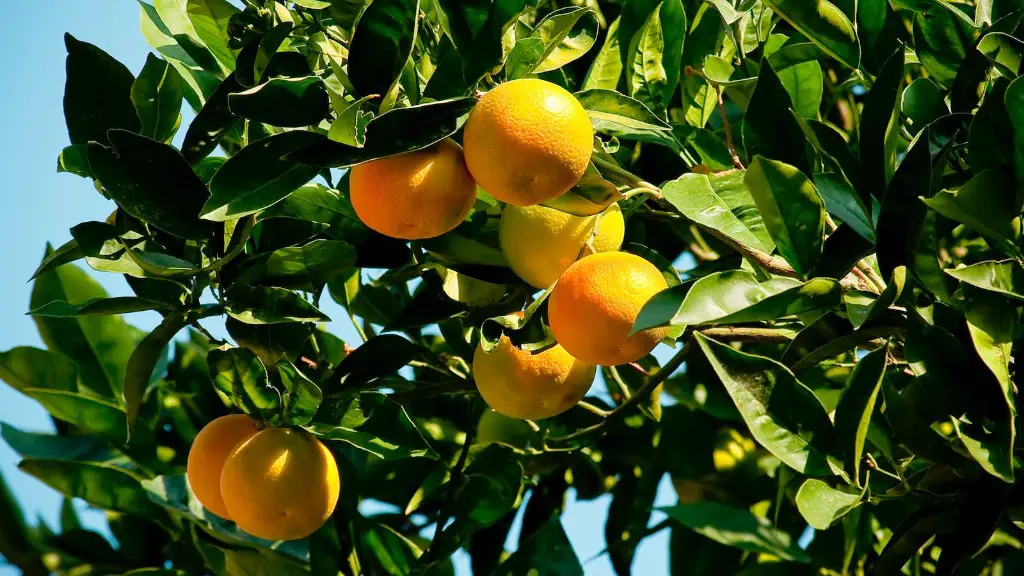In this article, we will be discussing how to improve agriculture sustainably. Agriculture is the foundation of an economy, so improving it is of critical importance in promoting economic growth. Improving agriculture production requires systematic management, supported by technology, data and organization. Here are some methods to improve agriculture:
1. Soil Conservation: Soil conservation practices aim to reduce soil erosion and ensure the long-term fertility of the soil. Examples of soil conservation practices include terracing, contour farming, mulching, crop rotation and no-till farming. When soil is managed in a sustainable way, agricultural productivity is improved and the environment is protected.
2. Irrigation Systems: Irrigation systems increase crop production by allowing farmers to take advantage of water resources. This type of technology makes it possible to utilize water in areas where it is not naturally available. Irrigation systems also regulate water flow, so that soil is not over-saturated or drained too quickly.
3. Crop Rotation: Crop rotation is the practice of growing different types of crops in the same soil in a particular sequence, for example, planting wheat after soybeans. This technique helps to maximize the nutrients of the soil, reduces soil erosion, and decreases the risk of diseases and pests.
4. Organic Farming: Organic farming is an agricultural practice that advocates for the production of food without the use of synthetic fertilizers, pesticides, and other industrialized processes. Organic agriculture is more sustainable and healthier than conventional methods, which often have a negative impact on the environment.
5. Agroforestry: Agroforestry combines trees with annual and perennial crops or animals in the same system. This type of farming provides multiple benefits such as, better access to soil moisture, improved soil fertility, and better crop protection. Agroforestry systems increase agricultural yields and enhance biodiversity.
6. Diversification of Crops: Diversifying crop production and new crop varieties allows farmers to decrease reliance on monoculture and increase yields. Varieties of crops tolerant to drought, pests, and diseases can be developed, which increases the stability of the agricultural system and reduce losses from extreme weather events.
7. Integrated Pest Management: Integrated pest management (IPM) is the practice of managing crop pests with a combination of techniques, including the use of natural predators, chemical pesticides, and physical barriers. IPM helps to reduce the use of chemical pesticides while controlling pests and maintaining a healthy agricultural ecosystem.
Integrating Technology to Improve Agriculture
Integrating technology with traditional agricultural practices can help improve agricultural productivity and profitability. Advances in technology have enabled farmers to access data gathering and analysis tools, providing more detailed insights on their farm operations. This helps farmers take more informed and efficient decisions, leading to improved yields. Examples of technology-based tools used in agriculture include drones for monitoring crop health, satellite imagery, automated irrigation systems and animal tracking apps.
Data gathered from these technologies can provide a better understanding of crops and environmental conditions, enabling farmers to make better decisions about crop planting and crop rotations, as well as to anticipate weather events. They can also be used to track the performance and health of livestock, provide early warnings of pests and diseases and to monitor soil moisture. This data can be integrated with other data sources such as market information, to identify profitable markets and commodities, and to make accurate forecasts.
The use of technology, data, and analytics can help farmers with decision-making and communicate with customers, suppliers, and policy makers. It can also lead to improved sustainability, reduced costs, and increased yields. By integrating technology with traditional agricultural practices, farmers can leverage the benefits of both, maximizing their economic and environmental impacts.
Innovating in Agriculture to Improve Yields
Innovation is key to improving agriculture sustainably. While technological advances play a large role in these sustainable changes, there are a variety of other ways to innovate in agriculture. One method is through the use of precision agriculture, which is an innovative approach to farming where data about soil and crop conditions are used to maximize yields. Data such as satellite images, equipment sensors and drones are used to monitor the health of crops, avoiding overuse of resources such as water and fertilizer.
Innovation can also come in the form of sustainable approaches to food production. Vertical farming and aquaponics are two examples of sustainable practices that can help produce food while reducing the ecological footprint. Vertical farming is a type of plant cultivation that is space-efficient and reasonably low-cost, and aquaponics is a type of farming that combines fish and plant production in one system.
Innovations in food production can also include plant breeding. Plant breeding is the process of improving existing crops, or creating new varieties of plants, to meet the needs of farmers and consumers. Plant breeding is used to develop crops with traits such as improved nutrition, increased resilience to climate change, and enhanced productivity.
Innovation is key to improving agriculture sustainably. By leveraging sustainable practices and the latest technologies, farmers can increase their yields and reduce their environmental impact, while providing healthier and more nutritious food to consumers.
Including Smallholder Farmers in Policy Making to Improve Agriculture
Including smallholder farmers in agricultural policy making has many advantages. Smallholder farmers often possess a deep knowledge of their community, land, and environment, and they are best placed to provide solutions to challenges such as food insecurity and climate change. Inclusion of smallholder farmers in policy making helps to ensure that the voices of these farmers are heard and that their needs are met.
Including smallholder farmers in policy making can also help to ensure that any policies or strategies are implemented effectively. With their local knowledge, smallholder farmers can contribute to policy design and implementation, as well as to the development of new technologies and practices that can improve agricultural production and sustainability. This can help to build resilient agricultural systems and ensure the long-term sustainability of the sector.
Including smallholder farmers in decision-making can also be beneficial for local communities and economies. By protecting their land rights and granting them access to financial resources, smallholder farmers can benefit from increased economic opportunities, and their communities can benefit from increased economic stability. Their participation in policy making can also help to foster a more equitable food system, with new opportunities to access markets and financial resources, as well as to develop agricultural solutions tailored to their needs.
Including smallholder farmers in policy making is an important step in improving agriculture and achieving sustainable development. With their local knowledge and expertise, smallholder farmers can contribute to the design and implementation of policies and solutions, and ensure the long-term sustainability of the sector.
Addressing Climate Change to Improve Agriculture
Climate change is a major challenge for agriculture. Extreme weather events, such as droughts and floods, have increased in frequency and intensity, and have a major impact on agricultural production. It is therefore essential to address climate change in order to improve agricultural production.
Sustainable agricultural practices can help to mitigate the effects of climate change. These include introducing agricultural practices that store carbon in the soil, increasing the use of renewable sources of energy, and reducing the use of chemical inputs. These practices can help to increase agricultural productivity while reducing the climate impact of agriculture.
In addition to sustainable agricultural practices, increased investment in research and development can help to improve agricultural production and resilience to climate change. Investment in research and development can help to develop new varieties of crops that are more resistant to extreme weather events and pests, as well as to develop new technologies and processes that reduce the climate impact of agriculture.
Investment in education and training is also important for improving agricultural resilience to climate change. Educating farmers on sustainable agricultural practices and providing them with the skills and resources to implement them can help to reduce the impact of climate change on their farms.
Addressing climate change is essential for improving agriculture. Sustainable agricultural practices and increased investment in research, education and training can all help to improve agricultural production and resilience to climate change.
